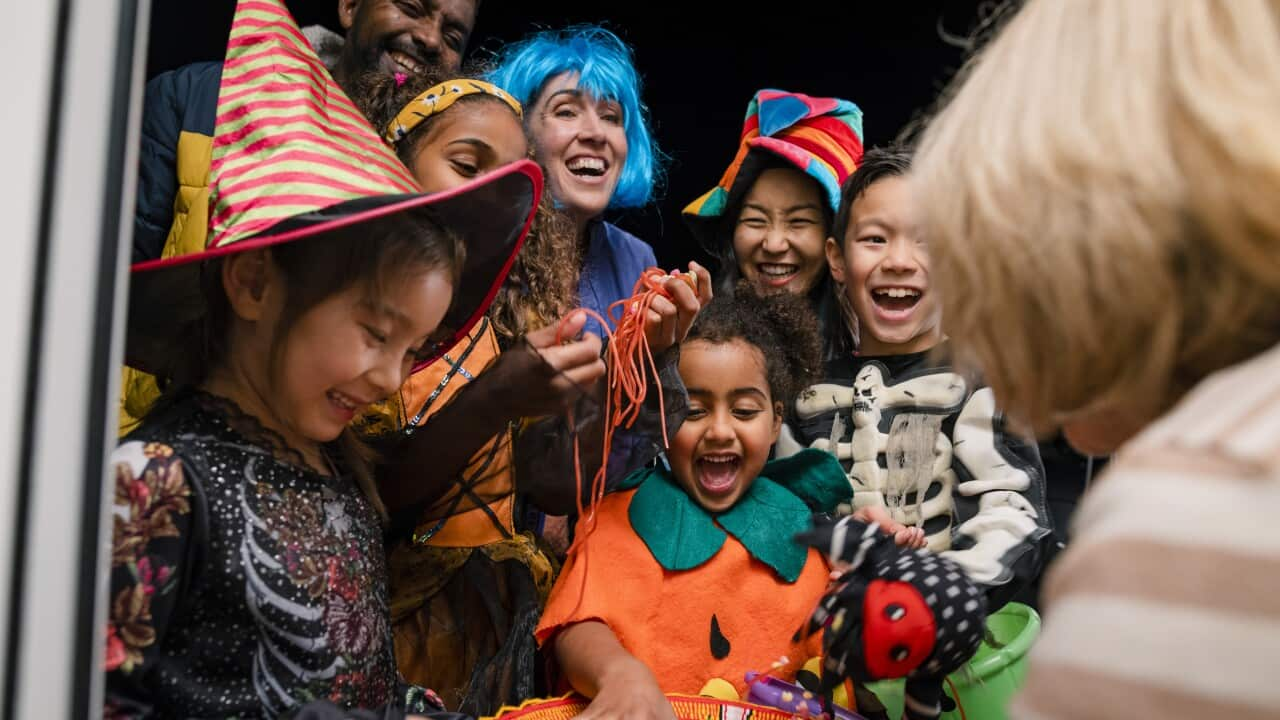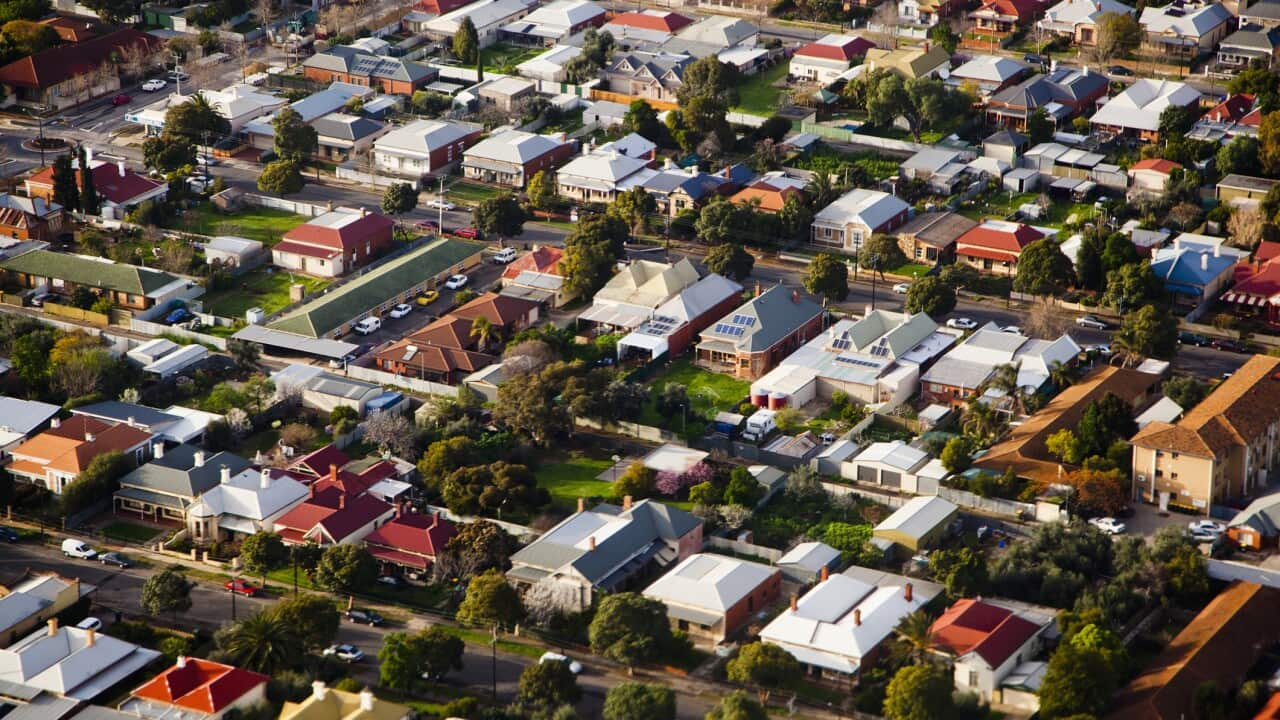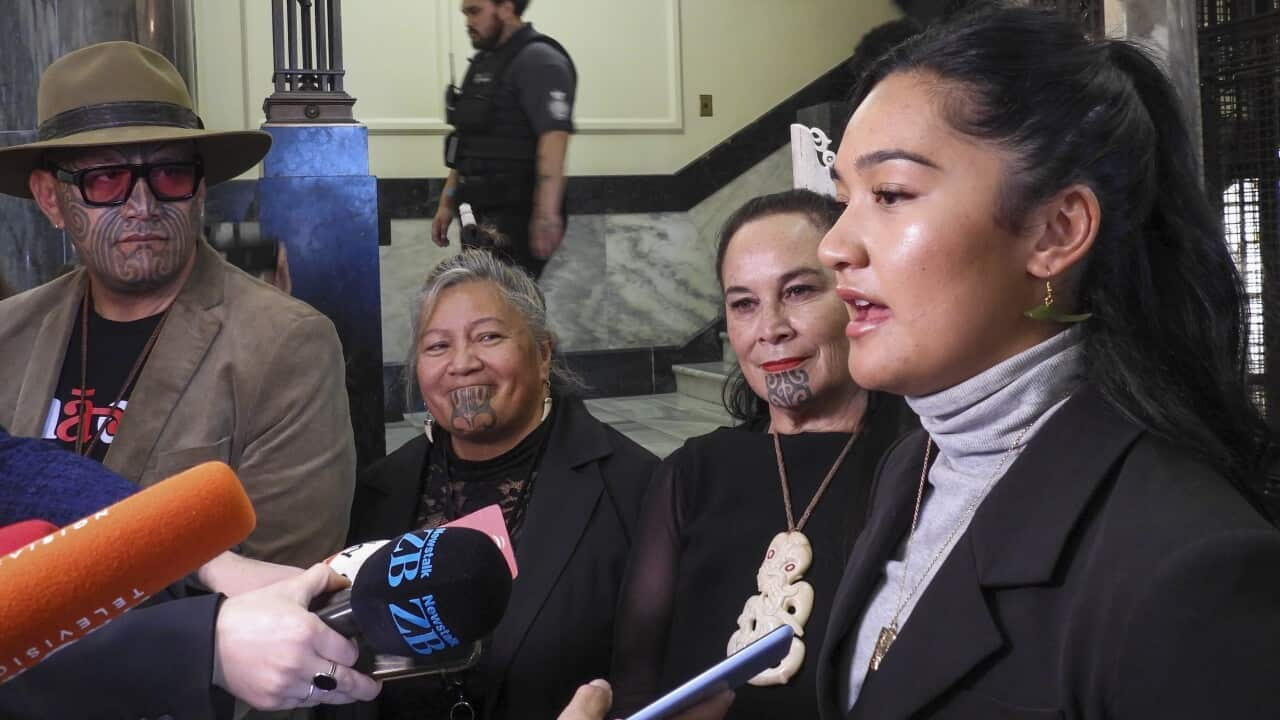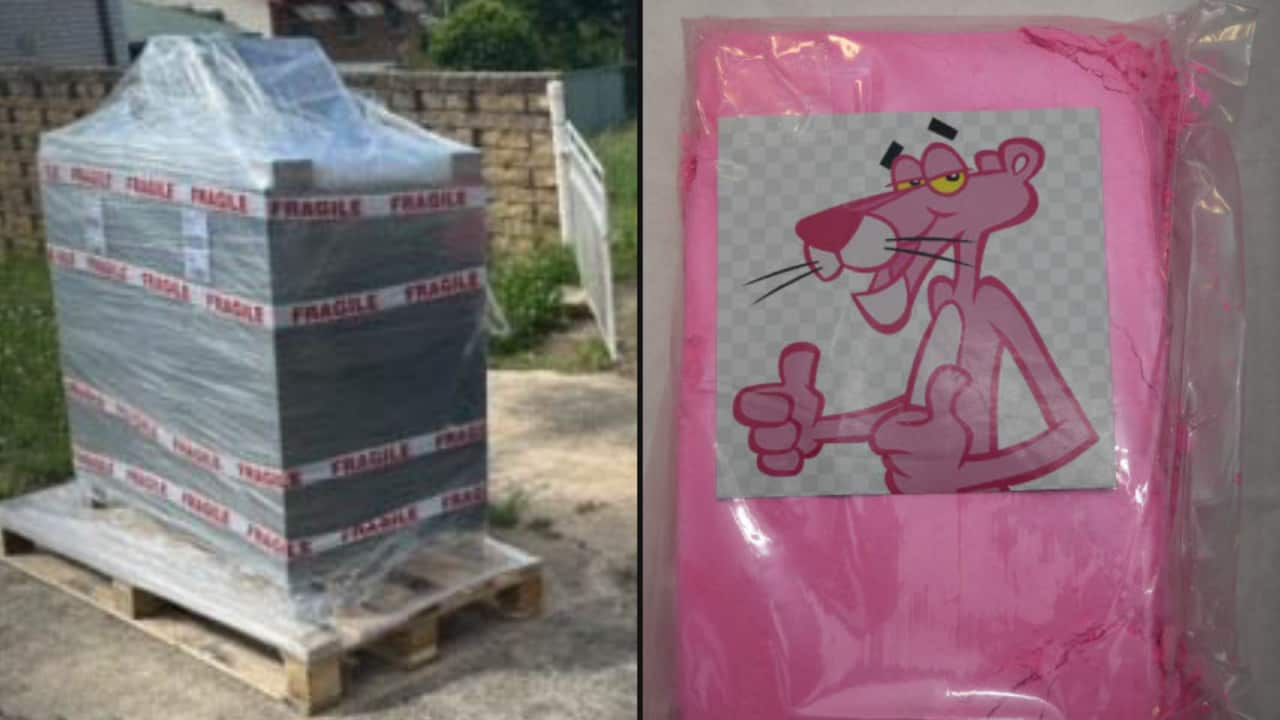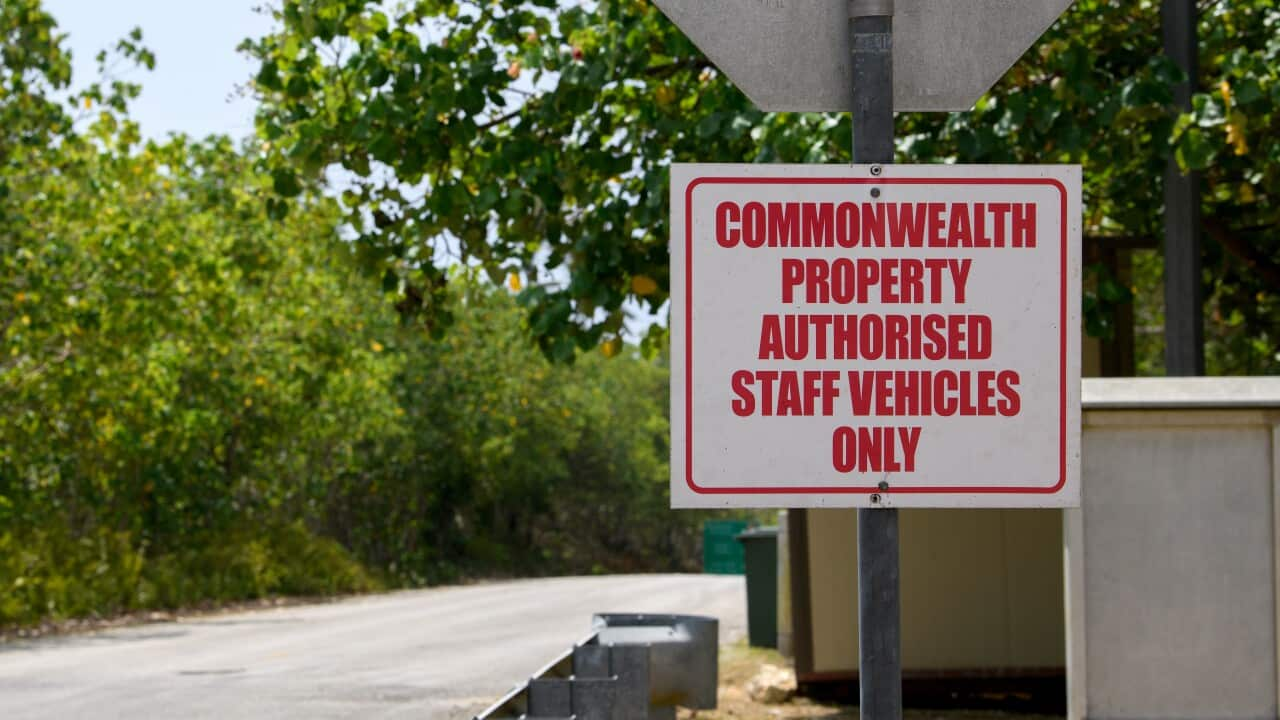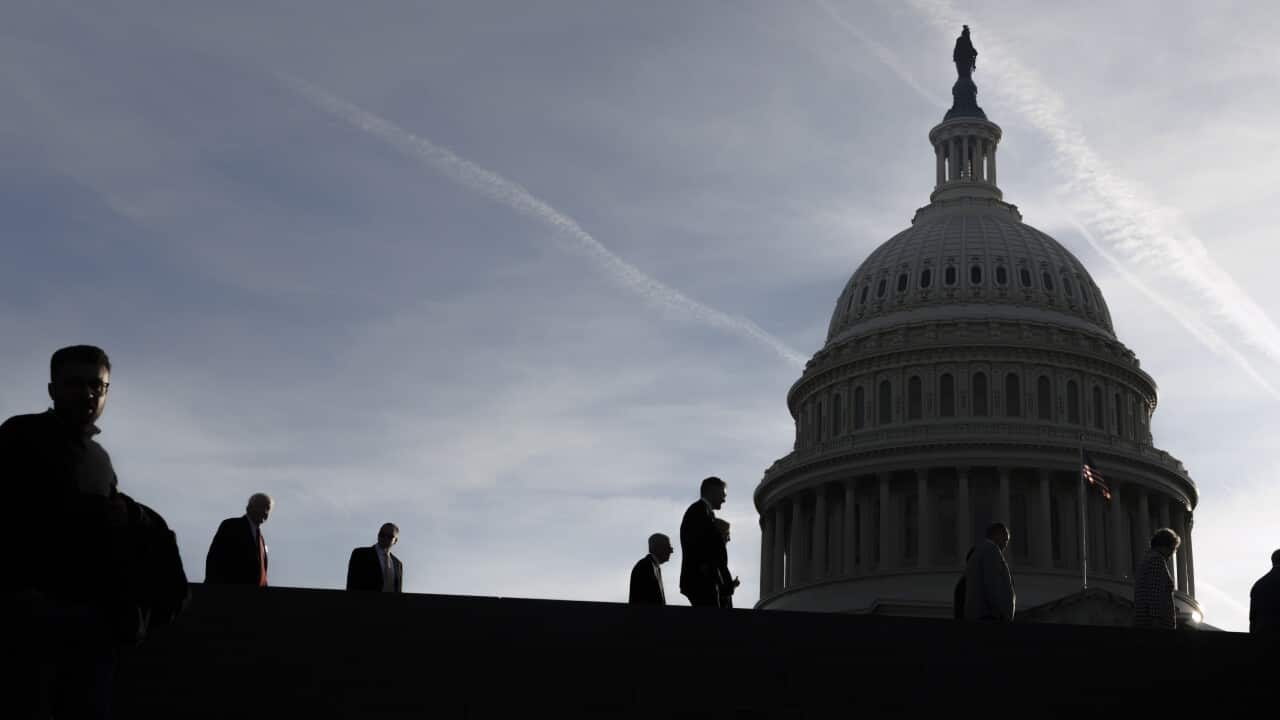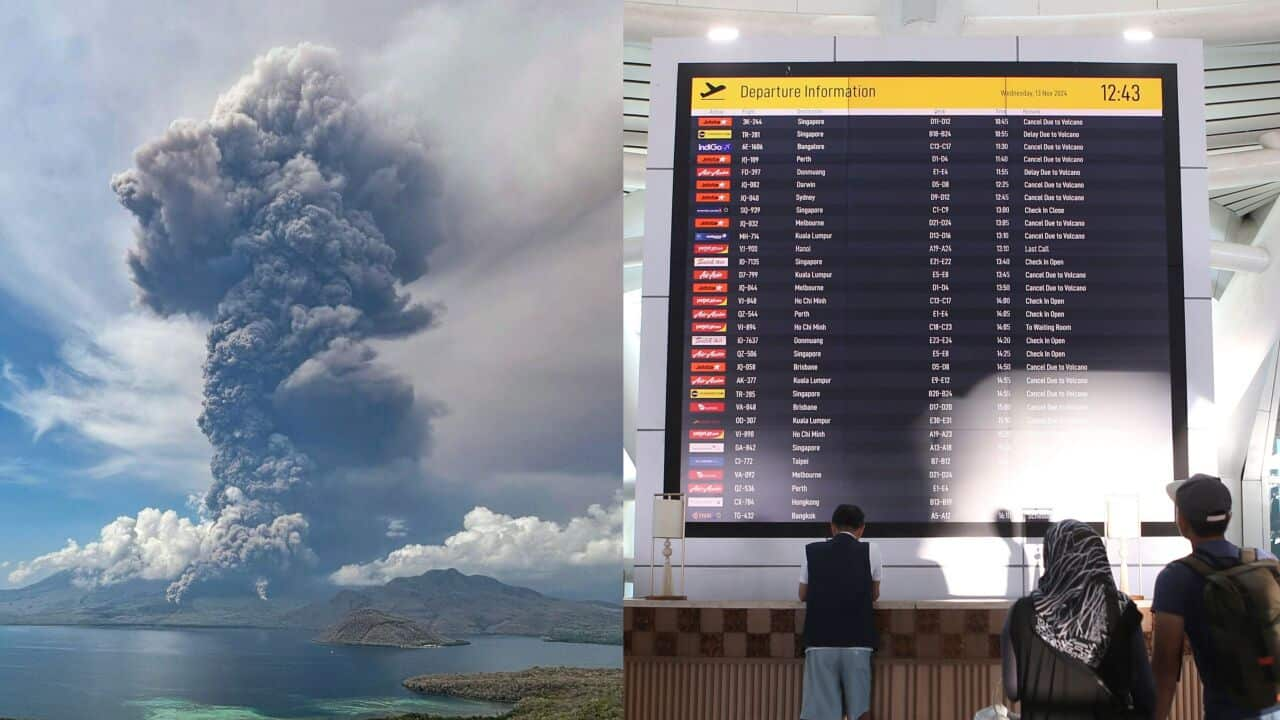Key Points
- While many think of Halloween as American, Irish immigrants introduced their traditions to America.
- Its roots come from the Gaelic festival of Samhain.
- Many Australians are marking Halloween by trick or treating, decorating their home or holding dress up parties.
And while many of us may have learnt the basics about trick or treating from American movies or television shows, the idea that the celebration originated in the United States is actually a common misconception.
Irish immigrants to America introduced some of the traditions that have evolved over time into what we think of as modern-day Halloween.
Why is Halloween celebrated on 31 October?
Some people, especially those who follow pagan traditions, believe given seasons are different in the southern hemisphere to those in the northern hemisphere and that Australians are actually celebrating at the wrong time of year.

Pamela O’Neill Source: Supplied
“We could choose to do it along the same season as them [in the northern hemisphere], which would mean we’d be doing it on the 30th of April into the first of May,” she said.
But Pina-Roozemond said given the consumerism now involved in the celebration, he did not think retailers would be on board with this.
Scary fairies and other Celtic traditions
According to the Irish foreign ministry, trick-or-treating (where children knock on people’s doors and ask for treats, or they play a trick on them) dates back to when the poor would beg for food called ‘soul cakes’, when big bonfires were burnt to ward off evil spirits during Samhain, and that carved pumpkins known as jack-o-lanterns originated from carved turnips.
A video produced by the Ministry explained that people would hollow them out and carry embers from the bonfires home with them.
Memories of an Irish Halloween
Butler started Alicia’s Delights, a home-based baking business that specialises in Irish bread, such as soda bread and wheat bread.

Alicia Butler has passed her love of Halloween onto her Australian-born children. Source: Supplied
Around this time of year she will usually get associated with Halloween in Ireland.
While bread with a random ring baked inside may have been all the rage in the 1980s and 1990s, Butler said, unfortunately, today’s health and safety standards meant she could not just go throwing a ring in to her barmbracks.
In keeping with the seasons
While pagans, modern-day witches and druids will not mark Samhain in the coming week as those in the northern hemisphere will, some will instead celebrate the seasonal festival known as Beltane.

The Beltane Fire Festival Source: AAP / David Cheskin
In Landsborough, Queensland, the Beltane Fire community gathering usually features a fire ceremony, live music and maypole dancing.
Pina-Roozemond, who organises the festival, said it attracts lots of Irish people, those from Nordic countries as well as people from Middle Eastern backgrounds.
Different cultures/similar reasons to celebrate
O’Neill said the Christian celebrations of All Saints’ Day and All Hallows’ Eve came to incorporate some of the ideas that originated from Samhain.
Some have also drawn parallels between Samhain, Halloween and the Indian festival of lights, Diwali, which is held according to the phases of the moon, during a similar part of the year.

